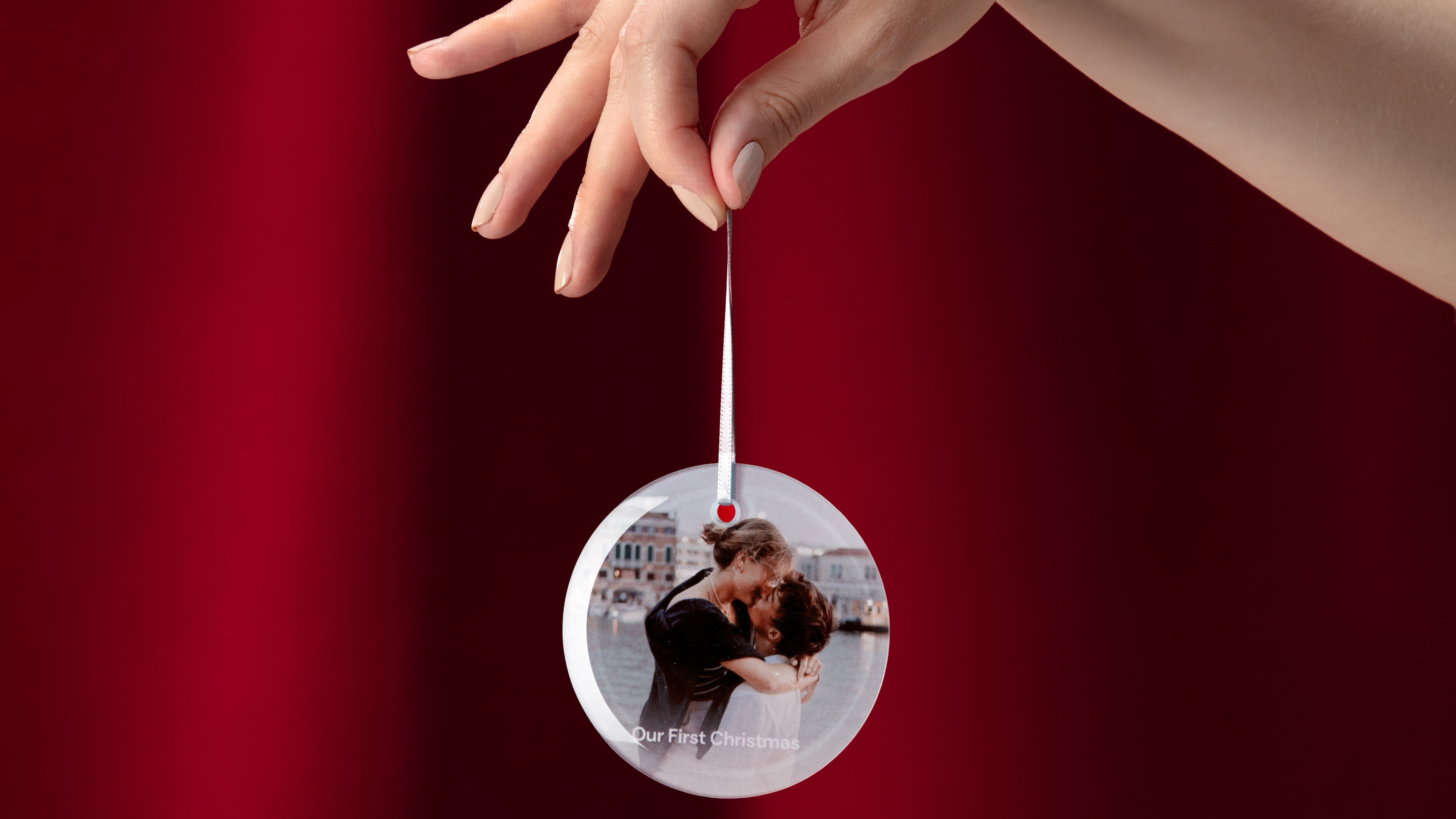10 tips for brilliant brochures
Make a good impression every time with David Foreman's guide to producing better brochures
Know your purpose
Start by asking clients why they think that they need a brochure, and to define their objectives. Sometimes they just want one because their last brochure didn’t work. If they’ve come up with a brief for you, take a step back from that and look at exactly what it is they’re trying to achieve.
Take stock of stock
Talk about paper stock before you put pen to notepad, let alone go as far as switching on your computer. If you’re working for a client, ask if it has to be the standard A4. Find out if they’ve considered using uncoated paper, for example.
Put readers first
Keep the end purpose in mind. Is this a brochure that’s going to be posted out in response to requests made on a website? Is it a giveaway at an exhibition, or a leave-behind brochure? When someone opens it, what will it say to them? Design for that person, not for yourself.

Set pen to paper
Break out the layout pads and try drawing and sketching ideas to start with. We brainstorm everything among everybody – Toast projects start life on layout pads with pencils and pens. What we don’t do is take a brief, go away for two weeks and then present three concepts to see which one the client hates the least.
Make a good first impression
Brochure designs need to fit in with what the client does as a business. Charities don’t want luxury brochures that’ll make people think they’ve spent a lot of money on them, whereas a new product might need a brochure that looks amazing on an exhibition stand beside it.
Limit your fonts
You don’t need many fonts when designing a brochure – just a heading, subheading and body copy font. But we see it all the time in student portfolios – people think they need to find a headline font nobody has ever used before. Clients will usually take the lead on fonts as they’ll often have a corporate identity in place.
Copy right
Great copy is often the most undervalued element in brochure design. A lot of people don’t understand that copy needs to be considered as part of the overall design concept. At the early stage of a brochure design project, experiment with the copy to see if it needs reworking. Headlines aren’t something to just drop in later.
Think of simple statements
Sometimes the simple ideas are the best. If a client has decided they want lots of clichd images to get a particular point across, it’s probably better to scrap them. The solution might be to use a typographic cover instead, and make a very literal statement about what they want to say.
Keep what works
Don’t try to be wacky or different just for the sake of it. For example, we use the same 10 to 20 fonts across a lot of the projects we work on. There are reasons why Helvetica is used a lot and why Rockwell is a good headline font.
Shoot sharp
To make a product brochure pleasurable to flick through, you need good photos. If you’re using stock imagery – budgets don’t always stretch to a photoshoot – try to find pictures that don’t look like they’re stock images. Never cut corners with images.

By David Foreman, managing director, Toast
Daily design news, reviews, how-tos and more, as picked by the editors.

The Creative Bloq team is made up of a group of art and design enthusiasts, and has changed and evolved since Creative Bloq began back in 2012. The current website team consists of eight full-time members of staff: Editor Georgia Coggan, Deputy Editor Rosie Hilder, Ecommerce Editor Beren Neale, Senior News Editor Daniel Piper, Editor, Digital Art and 3D Ian Dean, Tech Reviews Editor Erlingur Einarsson, Ecommerce Writer Beth Nicholls and Staff Writer Natalie Fear, as well as a roster of freelancers from around the world. The ImagineFX magazine team also pitch in, ensuring that content from leading digital art publication ImagineFX is represented on Creative Bloq.
